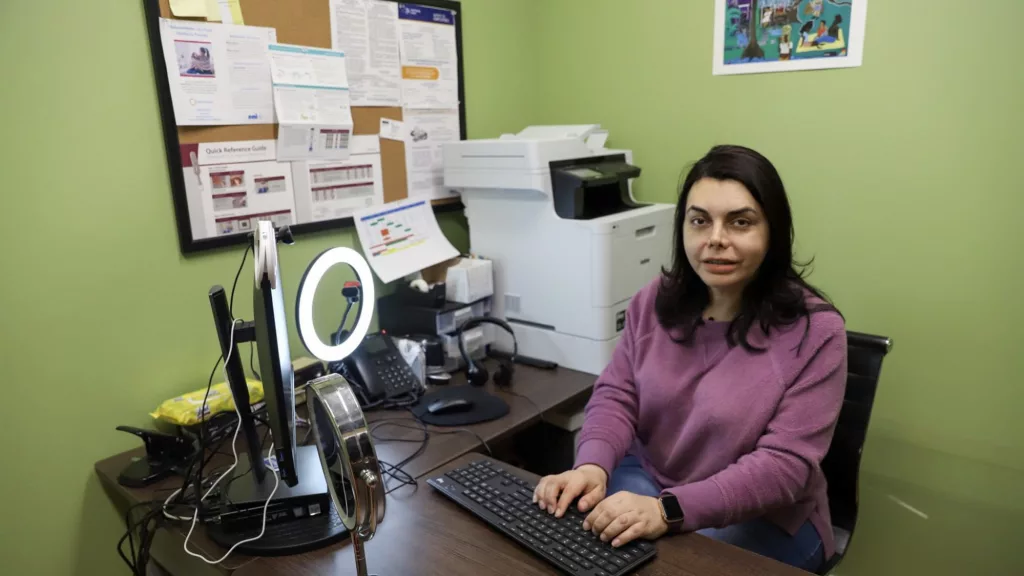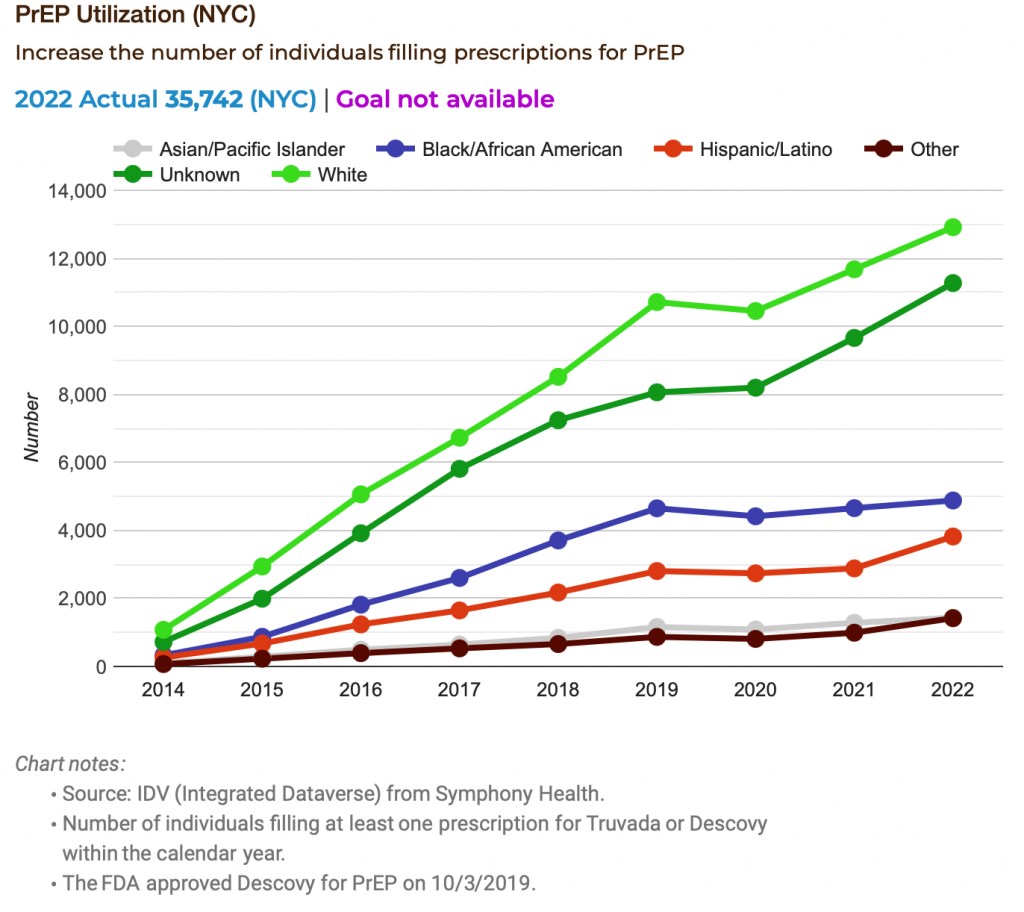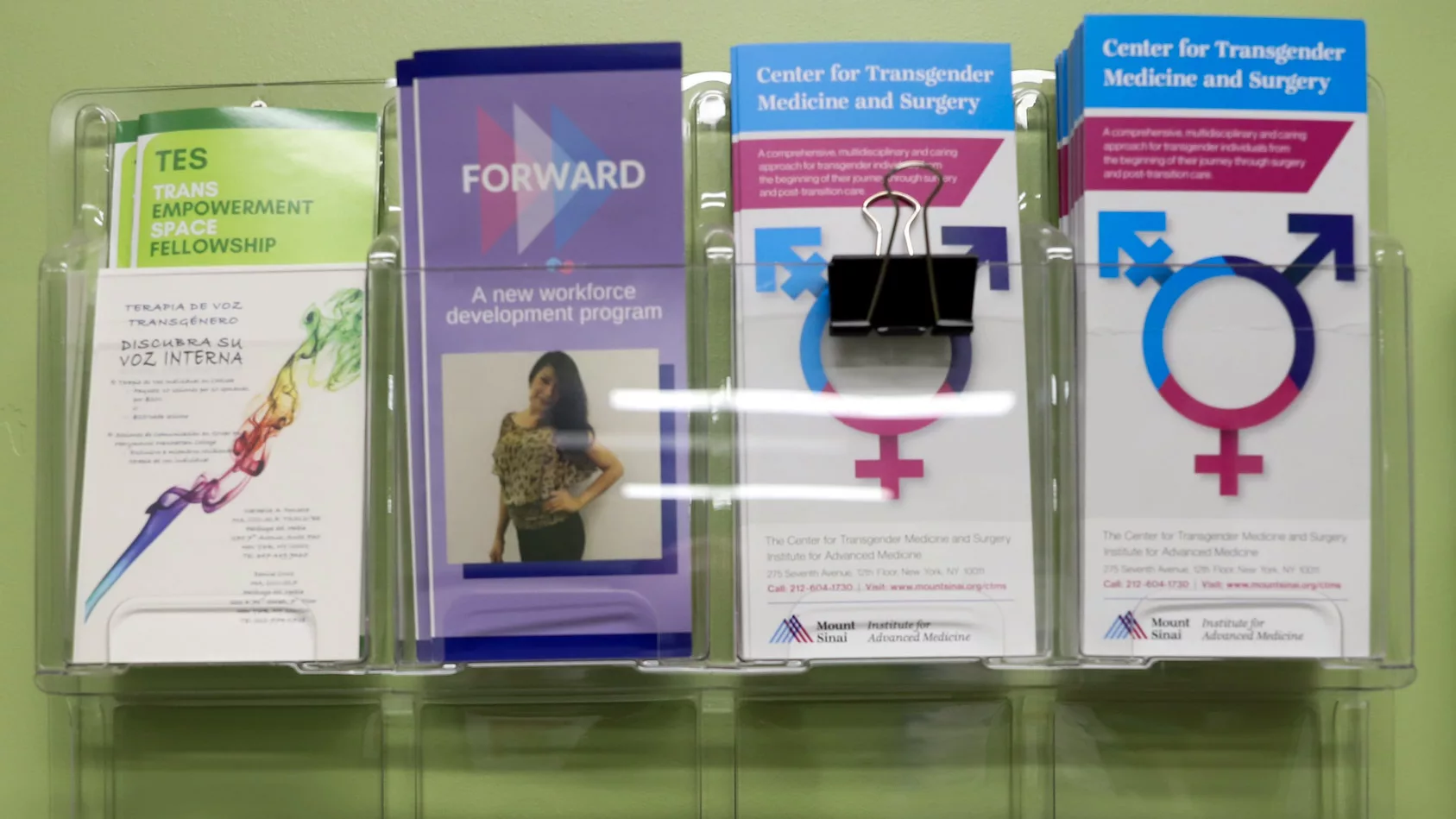It was 1986 when Cristina Herrera, a trans woman originally from El Salvador, first arrived in New York. Recalling those early days, she says the city was less challenging thanks to the vital help she received from the trans community that welcomed her. They mentored her on how to access health care, education and job opportunities.
Inspired by that life saving guidance she received from her peers, and with the goal of replicating those gestures on a greater scale, in 2007, she created the Translatinx Network. The nonprofit helps mostly Latina trans women and Latinx (a gender-neutral term used by those of Latin American descent) who recently arrived in New York to access a support system that helps them adapt, mind their wellbeing and thrive.
Also Read: How Undocumented Immigrants Can Receive HIV/AIDS Treatment In New York
Nowadays, the organization’s main portfolio is HIV prevention. The program educates members about HIV and delivers prevention services, such as distributing condoms in queer Latinx meeting points, as well as promoting the usage of PrEP, a pill that, when used correctly, prevents getting HIV with an astounding efficacy of 99%.
But even with its near-perfect prevention rate, the usage of PrEP among those in the Latinx community has been consistently low, prompting those like Herrera to increase their efforts to educate New York’s trans Latinx women about PrEP and to dispel misinformation regarding HIV.
A low turnout
PrEP, short for pre-exposure prophylaxis, can be administered as a daily pill or a bimonthly shot. Users can take the tablets on demand, that is, before having planned sex. Approved in 2012 by the FDA, the drug eliminates the risk of contracting the virus after exposure. The Centers for Disease Control and Prevention has confirmed that the increased use of PrEP, along with increased testing and treatment, has played an important role in the recent decline in new HIV infections.

Still, despite HIV-prevention programs that specifically address Latinos, the community’s usage of PrEP has been consistently low. In 2022, of the 35,742 people who have a prescription for PrEP in NYC, only about 10% were from the Latino community. These low figures may explain how this same population annually reports a disproportionately high number of HIV cases.
According to the HIV Surveillance Annual Report from the New York City Department of Health and Mental Hygiene, in 2022, Latinos accounted for 40% of new HIV cases, or 651 of 1,624 new cases. In contrast, whites represented 36% of the PrEP prescriptions and only 196 new cases, or 12%.
The New York City Department of Health, based on its HIV monitoring data, has confirmed that out of every 100,000 city inhabitants, a Latino is four times more likely to get infected.

Source: Ending the AIDS Epidemic Dashboard
There are many reasons for why those in the Latinx community may not want to take the pill, including taboos regarding HIV, fake beliefs around sexuality and the inability of some groups to take PrEP due to socioeconomic risks or preexisting health conditions.
Dr. Edwin Cabrera is a Puertorican medical practitioner who has been working in HIV prevention and treatment during the three decades of age of HIV in New York. From his current practice at the Aids Healthcare Foundation, Dr. Cabrera works actively on demystifying and destigmatizing HIV in the Latinx community.

Source: HIV Surveillance Annual Report
He has found that taboos around sexuality, particularly homosexuality, usually spread by religious groups, affect the community’s perception of HIV. This makes them apprehensive of a medication like PrEP and the scientifically backed-up effective protection it offers.
“HIV is often thought of as a punishment for people who lead their sexual lives outside the strict moral standards taught by some churches,” Dr. Cabrera said about the wrong perception around HIV that some of his patients learn in the religious groups they are part of. It may make them feel like they have no other option than accepting the so-called punishment, instead of sticking to the treatment that will guarantee a high quality of life, he said.
One way to counteract the cultural and religious stigmatization of HIV among the Latino community is to talk openly about what it means now, with emphasis on spaces where misinformation is usually spread, he explained. For instance, whenever he has a patient with an HIV positive result, he informs them that far from a death sentence, thanks to treatment, the virus can be reduced in the body to a rate so low, it is undetectable in tests, as well as untransmittable.
He says it is important to teach sex education to the young population, particularly Latinx youths, so that they are aware of PrEP and PEP (an emergency pill taken post exposure), and all the prevention and treatment mechanisms available. “It is important that this information reaches schools since it is not talked about.”

At Translatinx, David Franco, a young gay migrant from El Salvador, works as a community health coordinator. One of his main duties is to impart a workshop to teach about PrEP and how to access it regardless of migration or health insurance status.
In his classes, students ask Franco about how PrEP works, its possible side effects or how it interacts in the body. He responds based on his own experience taking the medication: “It never gave me any side effects, it’s like taking a vitamin,” he tells them, showing his own bottle of PrEP and the optimum results of the quarterly lab tests required to keep the prescription. When students see this, Franco explains, skeptics are encouraged to try the pill too.
Getting the word out
While advocacy groups are making progress in HIV education, across all communities, trans women are still the most affected disproportionately by HIV. According to the 2022 HIV Surveillance Annual Report from the New York City Department of Health and Mental Hygiene, the number of new HIV diagnoses reported in NYC from 2001 to 2022 decreased overall among people of all genders, race or ethnicities, ages at diagnosis, and boroughs of residence. However, “transgender people with sexual contact” was the only category showing an increase ( .31%.)
In 2021, the U.S. Preventive Services Task Force approved prescribing bimonthly intramuscular injections of CAB for PrEP to adult patients who are at risk of getting HIV through sex, or have problems taking oral PrEP as prescribed. The CDC has also set the goal of reducing the number of new HIV infections in the United States by 75 percent by 2025, and then by at least 90 percent by 2030.
For Latinx migrant trans women who face many insecurities, and have difficulty following the intake protocols of the pill, Herrera says that injectable PrEP is a great option. She says that the help trans women find in Translatinx Network, in spite of all the other things they have to worry about, like securing safe housing, makes it easier for them to have HIV prevention at the top of their minds.
Under the Affordable Care Act, PrEP, the clinic visits and lab tests needed to maintain the prescription must be free. Most insurance plans and state Medicaid programs cover it. If uninsured or no Medicaid coverage, there are other programs that provide PrEP for free or at a reduced cost. To know more about PrEP and how to pay for it, visit this CDC website. To learn more about the Translatinx HIV prevention and other services, visit their website available in Spanish or at their offices at 127 W 26th St 2nd FL in New York.















